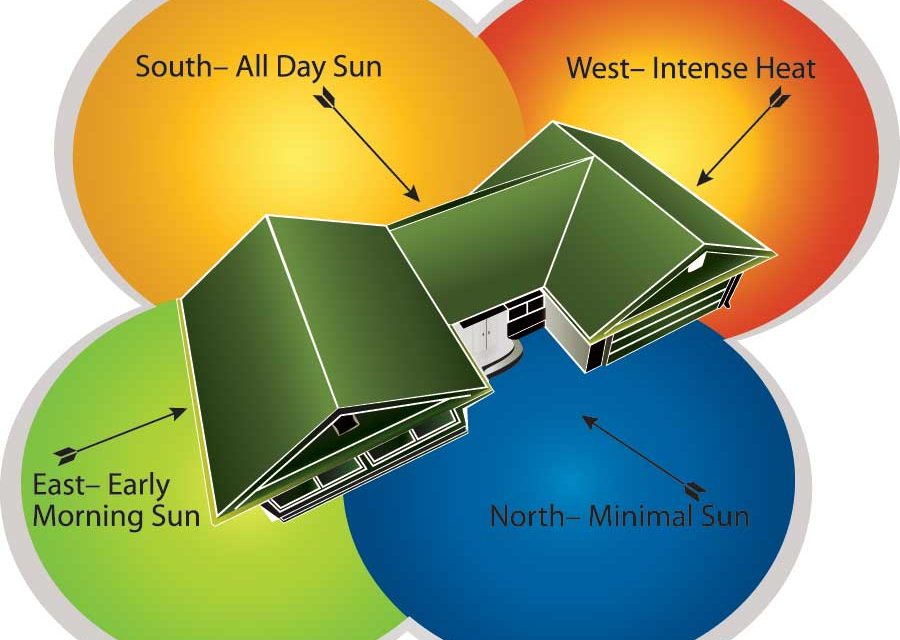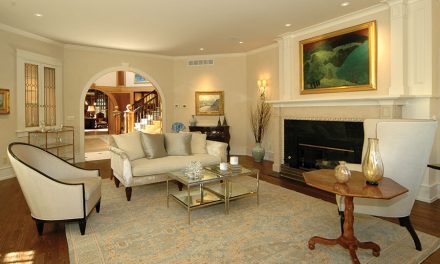by Juan Garcia
I have promoted ICFs and the green building industry for many years. I have always felt that there were two problematic areas in all structures: the roof and the fenestrations (windows
and doors).
Besides insulating the floor and adding radiant heat, the easiest and most cost-efficient way to dramatically increase the efficiency of an ICF structure to improve the window and door openings. A modern home may have 40 or more window and door openings. Each of these is a threat to the integrity of the energy envelope.
Windows can make or break an energy efficient structure. They often exceed the number of doors by tenfold and by their nature are light permeable. Like an invisible force, this component of the structure is miraculously supposed to keep vapor, moisture, heat, and sound from moving freely in and out of
the structure.
Technology is now available to increase the performance of ICF buildings. I say “now available” because the cost of energy efficient windows is now in line with the return on investment.
There are multiple issues in choosing a window. I feel that orientation to the sun (Solar Tuning) is the most important item in any climate. There are different considerations for north, south, east and west faces, but I am reducing them to the following: latitude, climates, direct sun or shade impact, and views.
Terms
There are six terms needed to understand how windows contribute to the energy package.
U- Value is the total value for all energy moving in or out of
a structure, or in this case an element of the structure (windows). This is the sum of the convection, conduction and radiant energy, and is critical for the overall energy efficient calculations of the ICF structure. The most important opening in an ICF is the window area and the U-Value of that
area must be considered by every green builder.
U-Values should be included with all energy-rated windows but they are not. I have personally had consultants and builders say anything in the 20’s (.29-.20) is what they look for in a glass package. But what they fail to consider is the rest of the structure of the window. What value is a highly efficient window glass package in an aluminum frame or sash? All metals conduct heat, and aluminum is one of the most efficient.
Vinyl, on the other hand, is a very non-conductive material that is incredibly well suited for energy efficient fenestrations.
R- Value was defined in the past as the movement of warm air, but is now more generally defined as the resistance to heat transfer. It’s often an overused term, but in this case it is correctly applied to windows because of their direct application of stopping the flow of thermal energy. While the definition of R-Value has changed, the tests have not. The U.S. Dept. of Energy has a goal for all windows in severe climates to have R-Values of 5 or higher.
SHGC (Solar Heat Gain Coefficient) is most important in warm climates and measures the solar heat gain transmitted. SHGC is perhaps the least understood and most important item on this list. In lower latitudes, heat gain from the sun is the most important issue because the dominant climate is warm to hot. In higher latitudes, where the dominant and most severe climate is cool to very cold, the SHGC is factored differently.
VIS/Solar Tuning deals with visible light transmission.
Visible light transmission/solar tuning is important because it defines the view. What good is a window if you have to have sunscreens, tints, or louvered shutters on the outside and window treatments (blinds, drapes etc.) on the inside? Solar Tuning is an important consideration as a design feature, as the lighting needs will vary based on whether the room is used for entertaining, cooking, or reading.
Heat Mirror Film blocks the heat and allows light to pass through. In modern windows, they are used as one of the panes in triple pane and quad pane windows and provide the ultraviolet protection for the interior of the structure.
Finally, Gas Fill Technology uses inert gases instead of air between multi-pane widows. Argon is the standard glass fill and the least expensive. Krypton is more resistant to energy transfer and recently has become very expensive. The argon/krypton blends look to be the way of the future because the presence of krypton yields significant improvements in performance as the percentage of krypton gas increases.
Discussion
On October 23rd, 2008 I attended the EEBA (Energy & Environment Building Association) 2008 Excellence in Building Conference and Expo in Phoenix, Ariz. to sit in on a 1-hour educational session called “High Performance Windows,” and hosted by DOE.
The presenters noted that windows play a crucial role in meeting energy efficiency standards, and that DOE is working toward a zero net energy result with windows as a key component.
I was impressed by this group of more than 60 individuals, their concern and drive to make windows a key item in all new energy programs and legislation. Much of the discussion centered on Heat Mirror (metalized) film and gas fill technology, and the current cost of high R-Value windows.
What I didn’t say at the seminar, but will share now, is that windows exist that offer cutting-edge, energy-saving technologies at an affordable price.
I believe readers of this magazine—those already building with ICFs—are the most important group to speak with in terms of new technology for energy efficiency. Many of you know that I believe ICF construction to be the most energy efficient structure available. Conversely I often shake my head at modern architecture of glass and steel structures (in which the R-Value is often below 2).
These windows, like many new concepts, are based on multiple known technologies assembled into a new product.
This new technology goes beyond a simple energy efficient product and moves into a very important paradigm that I want to emphasize very strongly: money, money, money, money. What good does any new technology do anyone if it is inaccessible?
This is so important. I want to repeat that any new technology—regardless of its potential impact—is useless if no one can access it or afford it. The technology must be proven, tested and accessible to all. Return on investment should be consistent with individual expectations. Applications must be standard and easily understood.
The benefit of combining mirror film and glass is unique in that metalized film provides ultraviolet (UV) light reduction that glass alone cannot. I believe the future of energy efficient windows will be found combining the best of glass technology with the best of film and gas fill technology.
The true value of Primal Glass is the balance between heat and light: Low E 366 (low e 3) glass, Mirror Film and an argon/krypton gas fill. The product can go from 64% visible light to 45% visible light with changes in SHGC. U-value R-value are 4.3 to 10 respectively. This product currently will meet and exceed the new US Department of Energy (DOE) Energy Star window performance standards proposed for 2013.
In conclusion, windows are no longer an energy “option.” Windows are the focus of all energy efficient buildings, accreditations and renewable programs. Regardless of what you know, don’t know or think you know about energy efficient windows, you can vastly improve the efficiency of the structure by addressing fenestrations. A holistic approach to the energy envelope allows each component—floors, walls and ceiling/roof areas—to be treated with equal importance. In the case of the window openings there are many and each one is critical to the overall performance of the structure. Window fenestrations need to be addressed for visible light transmission/solar tuning, U-value, R-value and SHGC for each of the cardinal orientations on the compass based on latitude and dominant climate considerations.
Juan Garcia is an energy efficiency consultant. To contact him, or for more information on the Primal Glass System, call 602-460-7111.












